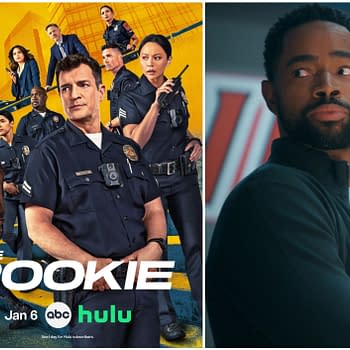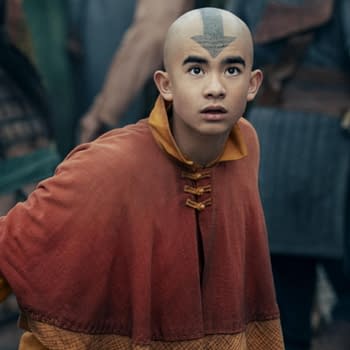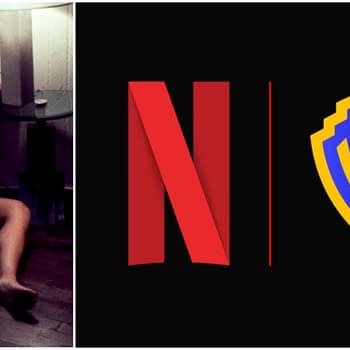Posted in: FX, Hulu, TV | Tagged: Eriko Miyagawa, fx, Hiroyuki Sanada, hulu, interview, justin marks, Rachel Kondo, shogun
Shōgun: Sanada, Miyagawa on Expanding Clavell Novel's Perspectives
Shōgun star/producer Hiroyuki Sanada & co-producer Eriko Miyagawa discuss expanding Japanese voices to help create an authentic adaptation.
Article Summary
- Hiroyuki Sanada stars and produces FX's Shōgun, helping add authentic nuance to the series.
- Expansive creative approach includes perspectives of Japanese characters.
- The series garners depth from historical consultants and Japanese crew.
- Sanada and Miyagawa enhance the narrative beyond Clavell's original.
When Justin Marks and Rachel Kondo looked to adapt James Clavell's novel Shōgun to a new generation of fans for FX, they knew they had to find ways to bring a more authentic experience to viewers than the original 1980s NBC miniseries that starred Richard Chamberlain and Toshiro Mifune. After pitching their project to Hiroyuki Sanada to star, they also wanted him to provide creative input as a producer. The actor agreed to play the Mifune role of Lord Yoshii Toranaga with Cosmo Jarvis in the Chamberlain role of John Blackthorne. The FX limited series follows "the collision of two ambitious men from different worlds and a mysterious female samurai; John Blackthorne, a risk-taking English sailor who ends up shipwrecked in Japan, a land whose unfamiliar culture will ultimately redefine him; Lord Toranaga, a shrewd, powerful daimyo, at odds with his own dangerous, political rivals; and Lady Mariko (Anna Sawai), a woman with invaluable skills but dishonorable family ties, who must prove her value and allegiance." Sanada and co-producer Eriko Miyagawa spoke to Bleeding Cool about telling the story through multiple lenses and expanding beyond Clavell's work.
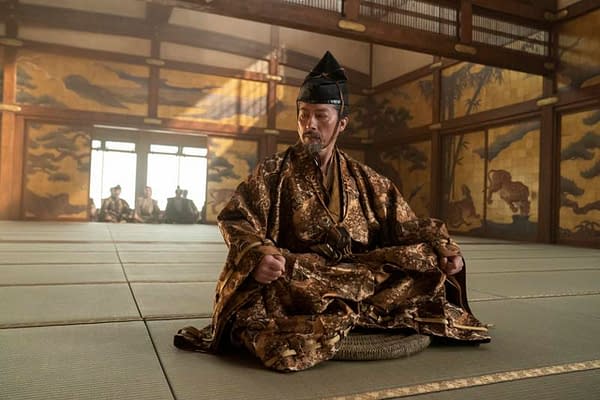
Expanding Shōgun Beyond a Tale of "East Meets West"
Bleeding Cool: Hiroyuki, when you prepped for your role, did you read James Clavell's novel, or did you also watch the Shōgun 1980's miniseries?
Sanada: I watched the original series on time in my 20s [laughs]. After I got the offer for this time, I read the novel and then rewatched the DVD again.
How do you compare the experience of doing a period piece like this compared to more contemporary work?
Sanada: Even with Japanese, it's hard to make a real authentic samurai drama now. Luckily, we had FX and great creators of Justin [Marks] and Rachel [Kondo], and then they allowed me to do the producing as well. I had a great time as a producer, and we could hire a Japanese crew, the specialists for samurai drama making. Each department had a consultant, and we costume props and master of gestures. We had a great team and could make a great collaboration between East and West.
How do you feel working with Justin and Rachel and how they treated the material? What did you find that you could do creatively in this limited series incarnation of Shōgun that the original NBC miniseries couldn't pull off?
Sanada: This time, the difference from the 80s is so many sushi restaurants on every corner, and then people are more aware of Japanese culture, and it's easier to research. We needed to make it as authentic as possible. Also, the newest point is the eyes.
Miyagawa: Yeah. Yeah.
Sanada: The original one is more like, only through Blackthorne's blue eyes watching Japan, but we got Japanese lenses in this version, so that's the biggest difference.
Miyagawa: Justin and Rachel had such an enduring respect and curiosity toward Japanese culture and were always open to cultural notes. They embraced us as collaborators throughout the process.
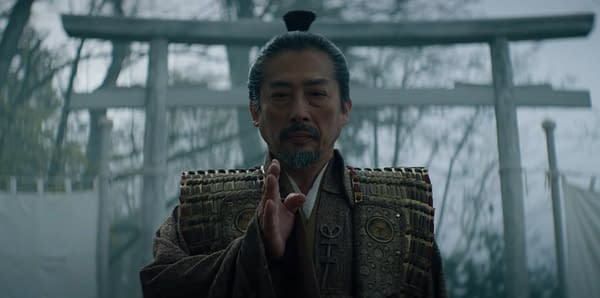
Was there anything you guys couldn't do from the novel that would translate into the series, or was it more of a direct adaptation?
Sanada: We respected the novel, of course. I was carrying the novel on set every day, like a Bible [laughs], and sometimes picked up the lines from the original novel. Then I set it on set, and then we tried to create the script authentically and then match the history. We translated and created historical dialog and then re-translated for Justin and then the reaction repeatedly back and forth for each episode.
Miyagawa: In terms of the book, it was like a great blueprint. It's a great work of literature that guided this project. It was small tweaks and things to make it more authentic and also deepening the Japanese characters here, as Hiro was saying – developing them further and making sure that they feel authentic and like human beings with multiple dimensions.
Sanada: We followed the novel and our version of the script to [reflect] more like real history.
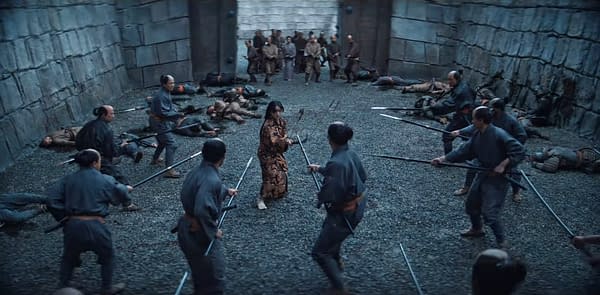
Did you at any point reference Toshiro Mifune's original performance or was it something you came up with organically on your own throughout production?
Sanada: I respect Toshiro Mifune a lot, but this time we tried to create an original one. I tried to forget the 80s version, and then it was hard; it was always in my head. I tried to forget but found our own way. That was the difficult but interesting part.
What was the most difficult sequence or aspect for you to film? Of course, if you have any spoilers to consider avoiding,
Sanada: Well, maybe the preparation part. We had a lot of preparation to make it authentic. When I was performing, it was much easier for me. Just relax and enjoy. Prep is always the hardest part.
Shōgun, which also stars Hiroto Kanai, Takehiro Hira, and Moeka Hoshi, premieres with its first two episodes on February 27th on FX and Hulu.











![Stranger Things: Lingering Questions Following the Finale [SPOILERS]](https://mlpnk72yciwc.i.optimole.com/cqhiHLc.IIZS~2ef73/w:350/h:350/q:75/rt:fill/g:ce/https://bleedingcool.com/wp-content/uploads/2026/01/StrangerThings_S5_0728_R.jpg)

